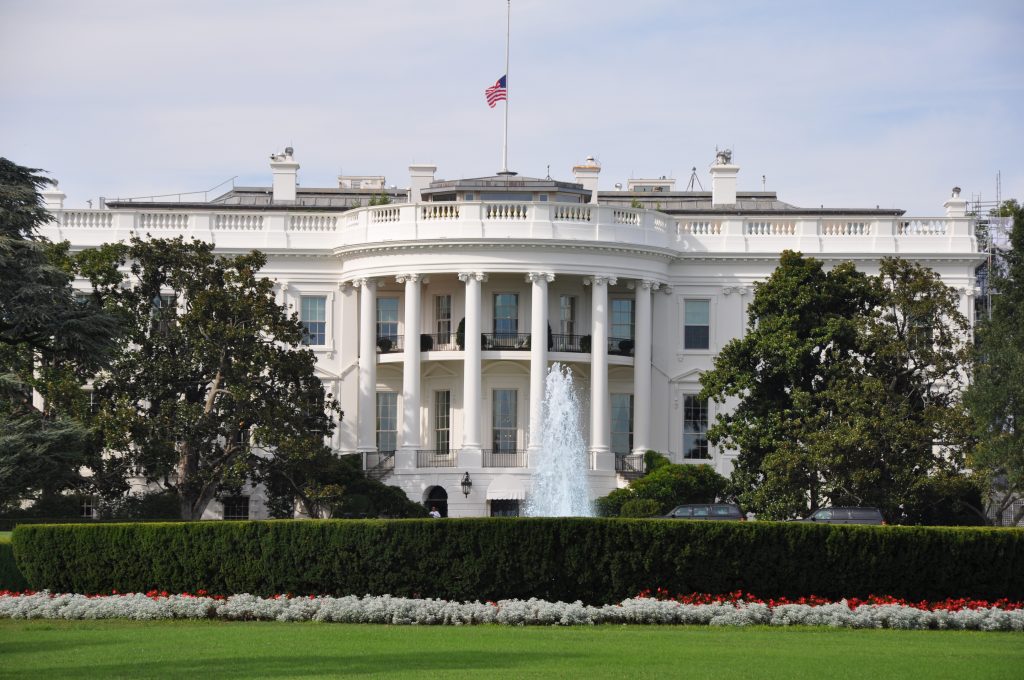On November 13, 2020, the Trump Administration issued Executive Order 13959, “Addressing the Threat from Securities Investments that Finance Communist Chinese Military Companies” (the “China Securities EO”), which aims to prevent US investors from financing the development of the People’s Republic of China’s military, intelligence, and security capabilities by prohibiting purchases of securities of certain “Communist Chinese military companies.” This development builds on US Government concerns over China’s civil/military fusion and access to US capital markets and financing. It could have implications for both direct investors as well as passive investors, such as through mutual funds and retirement plans. The prohibitions will take effect on January 11, 2021.
The China Securities EO prohibits “US Persons” from engaging in any “transaction” involving publicly traded “securities,” derivative securities, or any securities designed to provide investment exposure to such securities, of any “Communist Chinese military company” identified pursuant to Section 1237 of the National Defense Authorization Act for Fiscal Year 1999 (“Section 1237”). For these purposes:
- “US Persons” include US citizens, permanent resident aliens, entities organized under the laws of the United States, and persons physically located within the United States. This does not extend to non-US subsidiaries of US companies.
- A “transaction” is limited to purchases for value of publicly traded securities. The China Securities EO thus prohibits purchases of securities of the specified “Communist Chinese military companies” on US and foreign securities exchanges. Given the reference to “purchases for value,” it is not clear whether simply continuing to hold securities would be a prohibited “transaction.”
- The definition of “securities” is broad and captures both “securities” as defined in the Securities Exchange Act at 15 U.S.C. § 78(a)(10), as well as certain additional securities, including “currency or any note, draft, bill of exchange or banker’s acceptance which has a maturity at the time of issuance of not exceeding nine months, exclusive of days of grace, or any renewal thereof the maturity of which is likewise limited.” There are a number of questions around the precise scope of the prohibition and type of securities covered, which will require further guidance from the Office of Foreign Assets Control (“OFAC”).
- The prohibition covers both the 31 “Communist Chinese military companies” identified pursuant to Section 1237 in June and August 2020 by the Department of Defense (available here and here, respectively), as well as any person determined in the future by the Secretaries of Defense or Treasury to meet the criteria of a “Communist Chinese military company.” Subsidiaries of such companies must themselves be designated pursuant to Section 1237 in order for the prohibitions to apply. Thus, OFAC’s “50% rule,” under which unlisted subsidiaries of parties subject to sanctions are subject to the same prohibitions if the sanctioned person has a 50% or more ownership interest in the unlisted subsidiaries, does not apply.
Certain grace or “wind-down” periods are provided. For covered securities held as of 9:30 AM EST on January 11, 2021, US Persons have until 11:59 PM EST on November 11, 2021 to engage in transactions solely to divest, in whole or in part, those securities. Transactions involving the securities of additional Chinese companies designated by the Secretaries of Defense or Treasury pursuant to Section 1237 will be prohibited 60 days following their designation, and transactions made solely to divest from securities held in such additional companies as of the prohibition’s effective date will be authorized for up to one year following their designation.
Lastly, the China Securities EO authorizes the Secretary of the Treasury, after consultation with the heads of other executive departments and agencies, to promulgate rules and regulations to carry out the China Securities EO and to establish licensing procedures for otherwise prohibited transactions. The China Securities EO does not provide a timeframe for the issuance of any rules or regulations related to the order, nor are any potential licensing criteria listed.
We anticipate that the Department of the Treasury will issue guidance further clarifying the scope of the China Securities EO and the expected timeline for any related regulations or licensing procedures in the near future.



